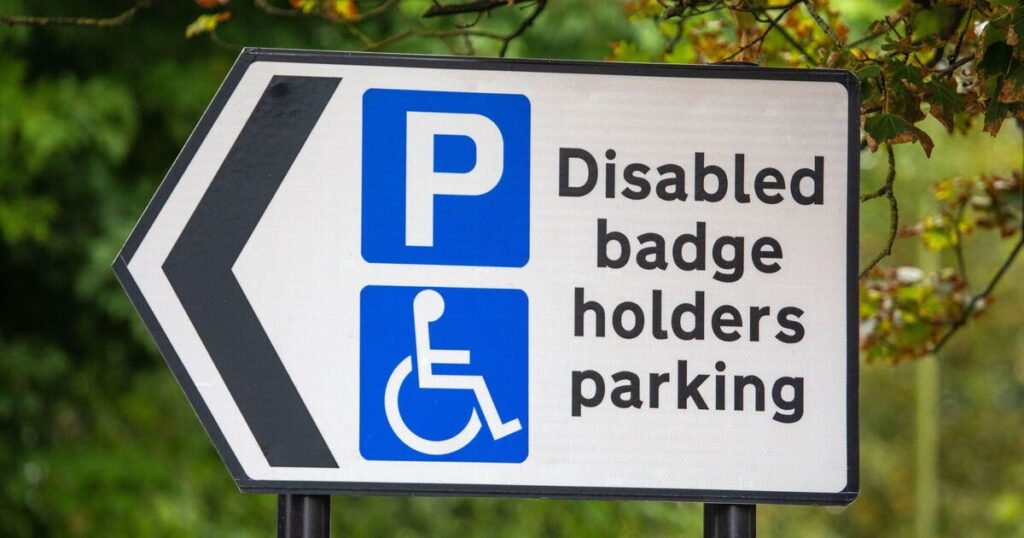
The Department for Transport’s latest figures reveal that there are currently over 3.2 million Blue Badge holders in England and Scotland (235,779) – and they all need to be aware of renewal rules.
In 2019, the eligibility criteria for a Blue Badge was expanded to include people with hidden disabilities such as Parkinson’s, dementia, and epilepsy. This change was made to help more individuals park closer to their destinations when travelling as either a driver or passenger.
Most badge holders will be aware that their Blue Badge expires three years after it was issued. However, many may not realise that renewal is not automatic and an application should be submitted 12 weeks (three months) before the expiry date to ensure the new permit arrives before the current one becomes invalid, reports the Daily Record.
Blue Badge holders could face a hefty £1,000 fine if they continue to display it after it has expired. This is because displaying an expired Blue Badge is considered ‘misuse’.
Official guidance warns: « Misuse of a badge is a crime. You may be prosecuted if you misuse a badge. »
If your Blue Badge is due to expire before the end of this year, submit your renewal application by the end of this month to ensure it arrives before the expiry date.
The replacement badge won’t become valid until the previous one has expired (it carries a start date) so you can store it safely knowing it will provide a seamless transition.
Each time a renewal application is submitted, eligibility for a Blue Badge is reviewed.
According to government guidance « Your Blue Badge is not renewed automatically. You need to reapply for it every 3 years. Your eligibility will be checked every time you reapply. This is to make sure you can still get a Blue Badge. Your local council processes your application and decides if you can get a Blue Badge.
« You should reapply 12 weeks before your badge expires. »
In England a Blue Badge costs £10, whilst in Scotland it costs £20 and for Wales it’s free. You can reapply for your Blue Badge on the GOV.UK site here.
How to renew a Blue Badge online
You will need a recent digital photo showing your head and shoulders.
You’ll also need a photo or scan of your:
- proof of identity (such as a birth certificate, passport or driving licence)
- proof of address (such as a Council Tax bill or government letter)
- proof of benefits (if you get any)
You will also need to know:
- your National Insurance number (if you have one)
- the details of your current Blue Badge
You can start the application online and save the information you enter if you need to look for the required documents. You can easily return to it later and complete the process.
Change of details
You should contact your local council if there’s a change to your:
- name
- address
- council area
- contact details
Top 10 things to remember when using your Blue Badge
- You must display your Blue Badge the right way up so the number can be seen clearly and your photo is face down
- If your badge gets damaged you must apply for a new one
- You can only use your Blue Badge as a driver or passenger
- If you are not getting out of the vehicle, you should not use your Blue Badge to get a parking space
- You must follow the rules when using your Blue Badge, if you don’t you are committing a crime
- No-one else should use your badge if you are not in the vehicle with them
- You must not let other people use your badge
- You must apply for a new badge before your old badge runs out
- Check signs to make sure that Blue Badge holders are allowed to park there
- Keep your badge safe. If it is lost or stolen, you must tell the police and the local council
